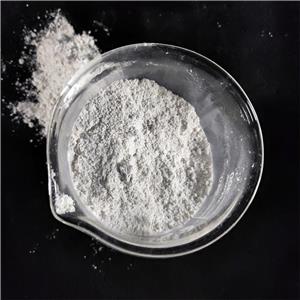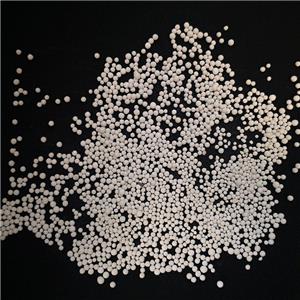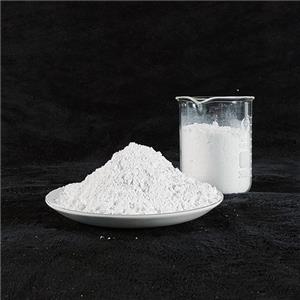How to improve the thermal stability of aluminum hydroxide?
A large number of organic polymer materials can be seen everywhere in life, in fact, most of them are hidden dangers of fire.In order to avoid this possibility, it is necessary to carry on flame retardant treatment to these flammable polymer materials.
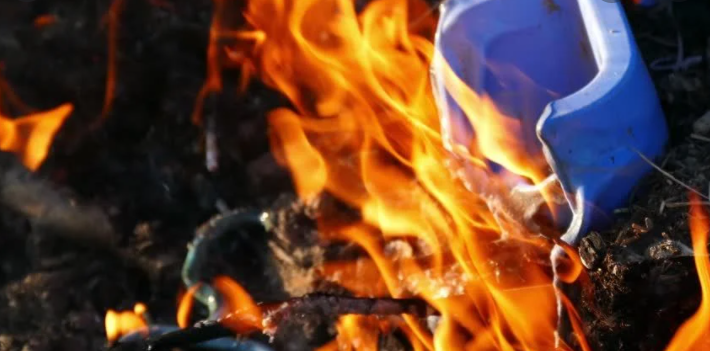
For polymer materials, adding flame retardant is one of the most effective way of flame retardant treatment.Aluminum hydroxide powder is one of the most important environment-friendly flame retardants in electronics, chemical industry, cable, plastics, rubber and other industries. It has many functions such as flame retardant, smoke elimination, filling, etc.Its flame retardant principle is as follows:
① endothermic action.Fire can be dehydrated heat absorption, inhibit the polymer temperature rise;
② Dilution.With Al(OH)3 filling, the concentration of flammable polymer decreased.The water vapor released by dehydration of Al(OH)3 dilutes the concentration of flammable gas and oxygen and prevents combustion.
③ Covering effect.After Al(OH)3 is dehydrated, Al2O3 protective film is formed on the surface of the combustible, which isolates oxygen and can prevent the continued combustion.
④ carbonation.Flame retardant under combustion conditions to produce strong water - free substances, so that plastic carbonization is not easy to produce flammable volatiles, so as to prevent the spread of flame.
In addition, the application of aluminum hydroxide in plastics can also improve the anti-ultraviolet ability of the material, dielectric properties and arc resistance and other characteristics, as well as improve the control of the material forming shrinkage, it can be said that the organic material field "full full big filling pill".So it looks like aluminum hydroxide is invincible and can go sideways in the polymer world, right?It's not.
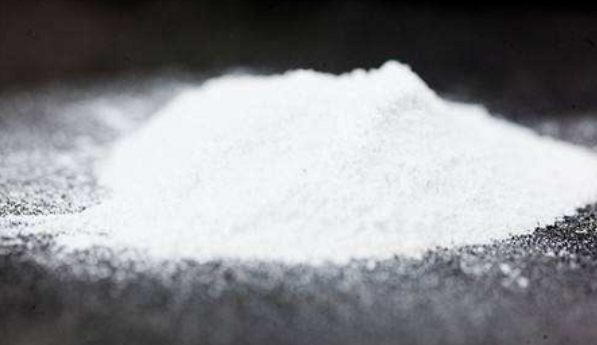
In fact, due to lower decomposition temperature of aluminum hydroxide began decomposition (180 ~ 200 ℃), the mixing process and organic polymer materials thermal decomposition have bubbles easily, can influence the mechanical properties and appearance of the products, so when used as flame retardants are usually only suitable for application in lower processing temperature material, limiting the scope of the use of aluminum hydroxide.In addition, the low processing temperature will affect the extrusion equipment production efficiency and the surface smoothness of the products.
Therefore, in order to improve the processing properties of aluminum hydroxide flame retardant and organic polymer materials, many methods have been developed to improve the thermal stability of aluminum hydroxide, which can be mainly divided into coupling agent modification, hydrothermal phase transfer, partial surface dehydration, high purification and super refinement, and surface coating modification, etc.
1. Modification of coupling agent
When silane or titanate coupling agent is used to modify the surface of aluminum hydroxide, the thermal stability of aluminum hydroxide can be improved when the amount of coupling agent is higher. However, because of the high price of coupling agent, the production cost of this process is high, and the thermal stability of modified products is not significantly increased.
2. Hydrothermal phase transfer
Compared with alumina hydroxide, diaspore has higher decomposition temperature, so the thermal stability of alumina hydrate can be greatly improved by hydrothermal treatment to convert aluminum hydroxide into diaspore.Ma Shuhua such as the preparation of ultra-fine aluminum hydroxide in the hydrothermal modification conditions, make the most of the aluminum hydroxide into soft diaspore monohydrate, modified material of the initial thermal decomposition temperature can reach 340 ℃, but the water thermal response of equipment requirement is high, and it's worth far less than the sanshui monohydrate soft decomposition of diaspore endothermic heat decomposition of diaspore, which reduces the aluminum hydroxide flame retardant performance.
3. Partial dehydration of the surface
By heating the aluminum hydroxide, part of the bound water was removed after the surface of the aluminum hydroxide was heated, and the apparent molecular number of the bound water of the aluminum hydroxide hydrate was reduced from 3 to 1.8~2.9 after heat treatment, so that part of the aluminum hydroxide hydrate was transformed from the structure of the trabeauxite to the structure of the boomstone, thus improving the thermal stability of the aluminum hydroxide.The aluminum hydroxide treated by this method can be used as flame retardant for printed circuit board which needs to withstand high processing temperature.
Although the thermal stability of the aluminum hydroxide can be improved by heating, the degree of dehydration is not easy to control in the production process. In addition, the flame-retardant performance of the aluminum hydroxide decreases after the removal of some crystal water, and the oil absorption rate also increases.
4. High purification and super refinement
Ultra-fine refinement and high purification of aluminum hydroxide can increase the surface area of aluminum hydroxide through ultra-fine refinement, enhance the flame retardant effect, and improve the mechanical and heat-resistant properties of the material products.High purification, especially the reduction of sodium oxide and other impurities in the powder, can also improve the thermal stability of the flame retardant. Studies have shown that when the content of Na2O impurities in Al(OH)3 is reduced to less than 0.2%(mass fraction), the initial thermal decomposition temperature can be raised to about 240℃.However, although ultra-refinement and high purification can effectively improve the thermal stability of the product, it is difficult and complicated to produce ultra-fine aluminum hydroxide with low sodium by sodium aluminate solution decomposition process, which will greatly increase the production cost of the product.
5. Surface coating modification
The initial thermal decomposition temperature of aluminum hydroxide can also be increased effectively by coating the surface of aluminum hydroxide with one or more compounds with better thermal stability.Such as magnesium hydroxide is a kind of excellent performance, the prospects for development extremely the environmentally friendly inorganic flame retardants, its decomposition range is 340 ~ 490 ℃, the two composite aluminum hydroxide can make up for lower decomposition temperature caused by the defects of poor performance, material processing and can make the composite flame retardant material has been in the process of oxidation decomposition has good flame retardant effect.After coating aluminum hydroxide with magnesium hydroxide, the dehydration endothermic reaction occurs in the range of 235~455℃, which can inhibit the combustion of polymer materials in a wide temperature range.


